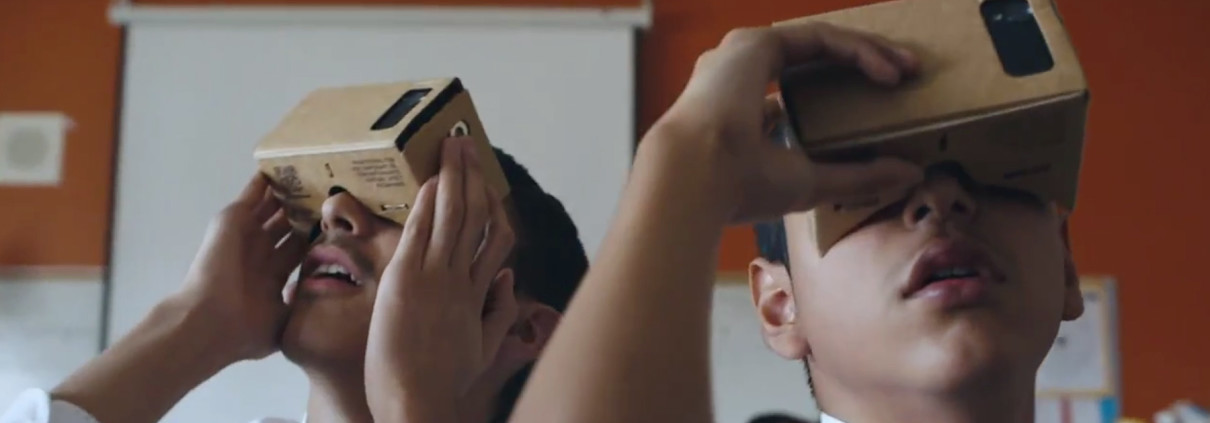Around The World With English Language
Getting around to world to know it. Knowing that chopsticks are the silverware in Japan, that India has a religious perspective different from ours, knowing that Germany was once divided by a wall, that Brazil (our land) has states with no beaches. All this info play an important role in the acquisition process of a second language and having students without access to that knowledge or maybe not motivating them to acquiring such knowledge contributes to a poor performance from Brazilian students with regard to English as a second language. It’s time to make a change.
You might ask me ‘what’s the relation between learning English and knowing that Finland can go through a 6-month period without a blue sky’? Well, all possible. Starting from the awareness that the world is bigger than the community where our students live, that in certain places they may find different people speaking different languages. Thus, understanding that there places where people refer to something they liked using an expression other than ‘que da hora’ is fully relevant for ESL classes and the upcoming book of Professor Cláudia Zuppini for teachers development has an entire chapter about it. For our students with a better performance in English – or maybe those who have a clearer understanding of the language – language transfer is easier when learning that ‘que da hora’ is equivalent to ‘that’s awesome’ in English as it was mentioned before in our article about the use of native language in ESL classes. bur for the students who are still taking the first steps of the second language acquisition path – our younger students – our job finds obstacles for they don’t have the cultural knowledge yet due to their early age and sometimes the socio-financial situation of our students don’t allow the blooming of such knowledge. Thus, we teachers have double work: ring the students the cultural knowledge and turn it into linguistic knowledge, have them understand that the world is gigantic and that learning English as a second language will make the world just as close as our noisy neighbor.
How to bring together all the places of this planet and have them be close to our students given the difficulties our students have to travel and get to know the Eiffel Tower, for instance? Super easy. All it takes is a cardboard and a cutting-edge technology of virtual reality. Google has been invested in its educational department and it has just released the Expeditions, a virtual reality cardboard that let students “visit” any place in the world. Let’s try to come up with an activity for students of the first grades of elementary. The main goal here is to make students talk (of course that reading and writing are also important), so if we use this device and send our kids out in field trip to NY’s zoo, we are going to work on the acquisition of new vocabs, but in a very contextualized manner and also inserted in the syntactic structure. we can divide the class in two parts – since English classes in Brazil take place once or maybe twice a week and last 50 minutes in the average. In the first class of the week we can use our time to use the first two Ps: Presentation so we present what is new which is in our example here names of animals and sounds they produce. Then, the students can Practice with the assistance of flashcards and guidance from the teacher when they’ll tell the names of the animals they see and also the sound they make, all that in the target language. So far, everything looks simple and trivial. In the Performance phase, during the second class of the week, Google Expeditions comes in. After the presentation phase, have students “visit” NY’s zoo so that they know the animals from all parts of the world and later on present to the class the coolest animals and their sounds. as a follow-up activity, the teacher can compare the sounds animals make in Brazil with the ones in English.
The world is really big and we must try to show it the most we can to our students. Knowledge beyond community stimulates them to communicate, besides giving the students information that there are languages other than that they speak, and with regard to English, it is an international language. Travelling around the world is an impossible task to perform with all our students, but technology has come to our help. Have the students get acquainted with other cultures, it will trigger a global awareness that will definitely enhance the acquisition process of a second language.


